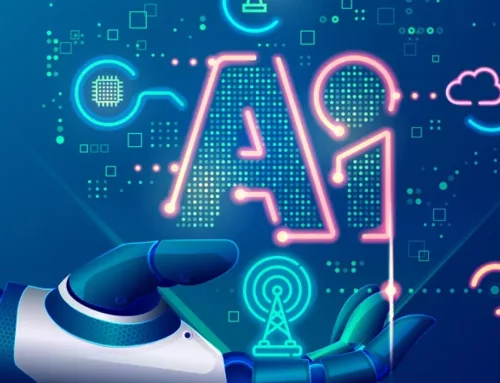As the impact of COVID-19 is felt globally, and no single nation is spared, a situation emerges for the global telecom outsourcing industry to learn from the current experiences and plan future strategies. Many countries announced different degrees of lockdown and the mobility of people to go to work has become difficult. The outsourcing industry in India responded quickly by implementing Business Continuity Plan (BCP) frameworks, enabling remote working facility with right security measures and providing appropriate tools to employees enabling them to work from home environment. The learnings from these experiences will change the future outsourcing scenario.
Service delivery through geographically distributed delivery centres in different countries will become a preferred choice for many large companies. This approach would provide a better BCP though it would increase the governance costs. Outsourcing Service providers (OSP) with multiple Offshore Delivery Centres (ODC) in different cities and countries will become preferred suppliers. OSPs would prefer Hot Disaster Recovery, which provides no down-time (zero RTO- Recovery Time Objective) and updated data everywhere (zero RPO- Recovery Point Objective). The approach also would be to split the delivery programs at each critical process level between different geo locations, a situation of hot-hot stand-by with load sharing, providing a minimum percentage of Level of Business continuity (LBC) for all critical processes. Though many of the OSPs can provide a level of business continuity, they will be rated based on their ability to offer a high level of business continuity (LBC) with minimum recovery time (RTO).
Earlier, OSPs delivered services through Offshore delivery centres (ODC) equipped with air-gap rooms, connected through secure networks. For last so many years, very few Services Outsourcing companies (SOC) were allowing OSPs to operate their staff from outside ODC, work from home (WFH), etc. During COVID19, many of the OSPs and SOCs started allowing OSP staff to work from home, for the first time in most of the cases with strict security measures and corporate/individual undertakings. This new way of operations may open a new scenario of allowing non-critical processes to run outside ODCs, bringing down the costs for both OSPs and SOCs. Of course, it will lead to a new set of governance systems and approaches at an operational level. Robust remote working technologies will be implemented at both OSPs and SOCs,
The change in mind-set of SOCs to accept remote working with the right security controls will offer a new lever to OSPs to tap resources without location constraints. This change will drastically reduce the cost of operations and exponentially increase the flexibility in catchment areas of resources.
SOCs will have a re-look at the classification of services which can be outsourced/offshored. The secure process which can’t be offshored will be reduced based on these new metrics for evaluation. Nearshoring will gain popularity to address the points of secure data and alternate delivery locations for BCP.
Business Continuity Management System (BCMS) Certifications like ISO 22301 will gain demand. It will become a norm that all OSPs should have BCMS certifications. The certification bodies will also add more processes to address such global pandemic crisis in their standards to evaluate critically readiness of OSPs & SOCs to react in such situations. OSPs with certifications and demonstrated experience will be given priority. Both SOCs and OSPs will start focusing more on BCMS standards.
Some of the SCOs that are not very keen on outsourcing but want to address the BCP issue will explore opening captives in other locations. The low-cost delivery locations with good resource availability in the nearshore would become their first choice.
There would be more thrust on automation like AI, ML, and RPA, wherever possible to reduce operational risks. OSPs with both domain and automation skills will be a preferred partner for SCOs as they can help to implement and manage the automation processes more effectively and quickly than independent automation consultants.
The “Anti-incumbency” effect will drive some of the SOCs who have outsourced heavily into certain geography to evaluate in-sourcing, nearshoring though it’s not a logical solution. This approach will be more reaction-based and will not help if such a situation arises in future.
During the COVID-19 lockdowns, Tata Communications Transformation Services (TCTS) ensured that the disruption to services for their customers is minimum by providing operations from multiple geo-locations, enabling large percentage of employees to work from home with right security measures. The implementation of ISO 22301 for many years has helped to implement BCP practices immediately.
Sobhan Babu Chunduru
Vice President & Country Manager-ANZ at Tata Communications Transformation Services (TCTS)
Sobhan Babu brings close to three decades of extensive experience in network operations, managed services and leading offshore delivery centres. He experience spans across R & D, Manufacturing operations, Quality and Technical Marketing functions with leading telecom vendors and service providers. His work on team’s modelling for ‘Quantitative Benchmarking of Network Operations Maturity’ was nominated for Solution Excellence Award by the TM Forum in 2012.
Prior to joining the Tata Communications, he has led several leadership and supervisory roles at Corning Incorporated, Siemens, Lucent and Hindustan Cables Limited.
Sobhan Babu has earned a Bachelors in Engineering from the prestigious Indian Institute of Science and a Bachelors in Physics from Andhra University. He was also awarded DANIDA Fellowship in Fibre Optics in Denmark.


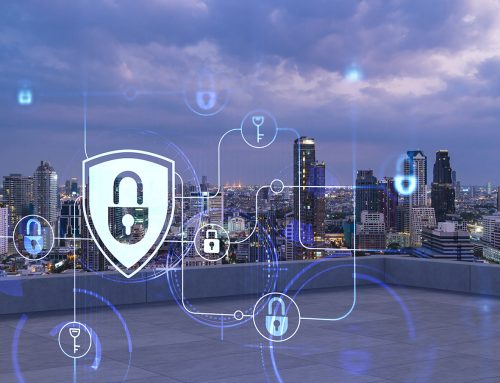


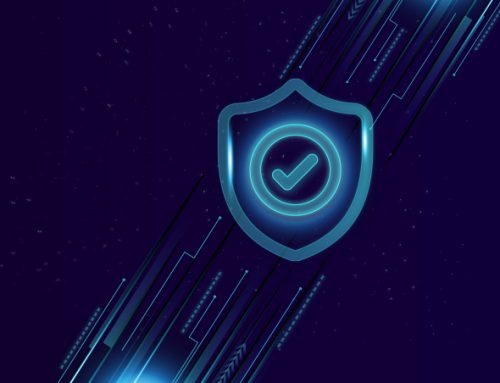
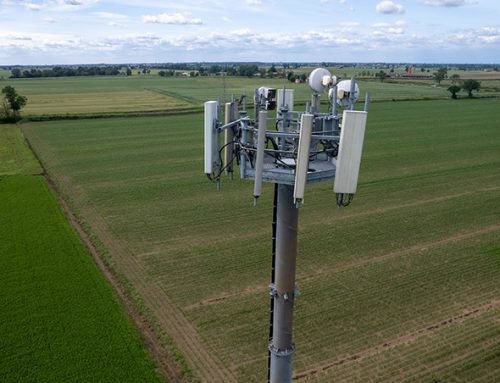














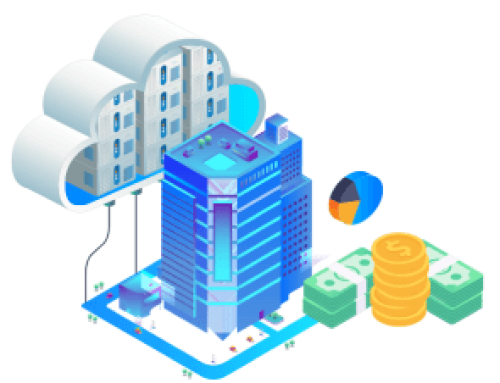
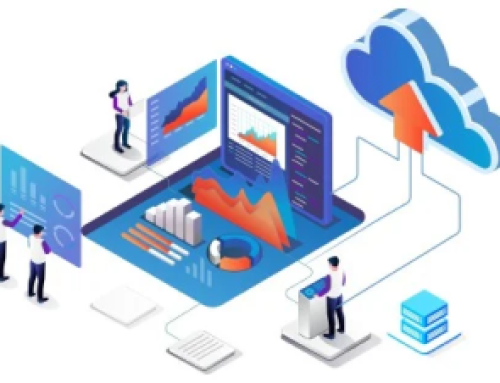
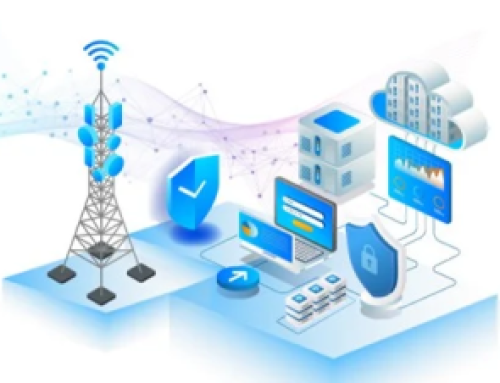
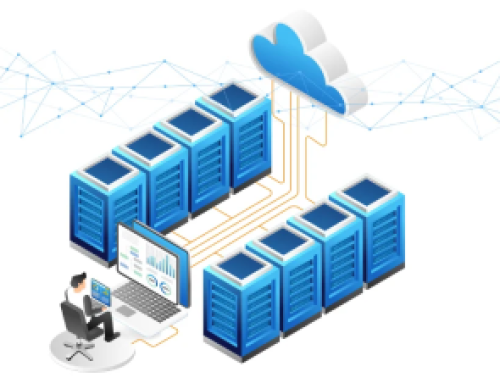
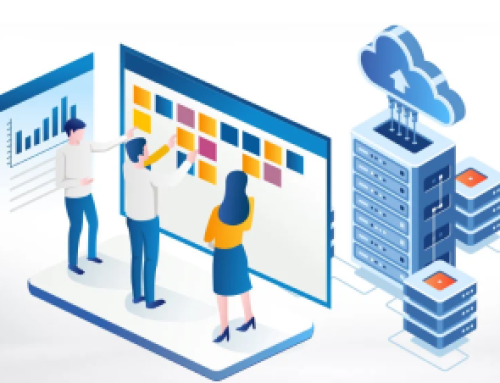
![Telco Cloud: A Key Enabler to Telco Transformation [Part 1]](https://www.tatacommunications-ts.com/wp-content/uploads/2023/06/Telco-Cloud-blog_image-1-500x383.png)
